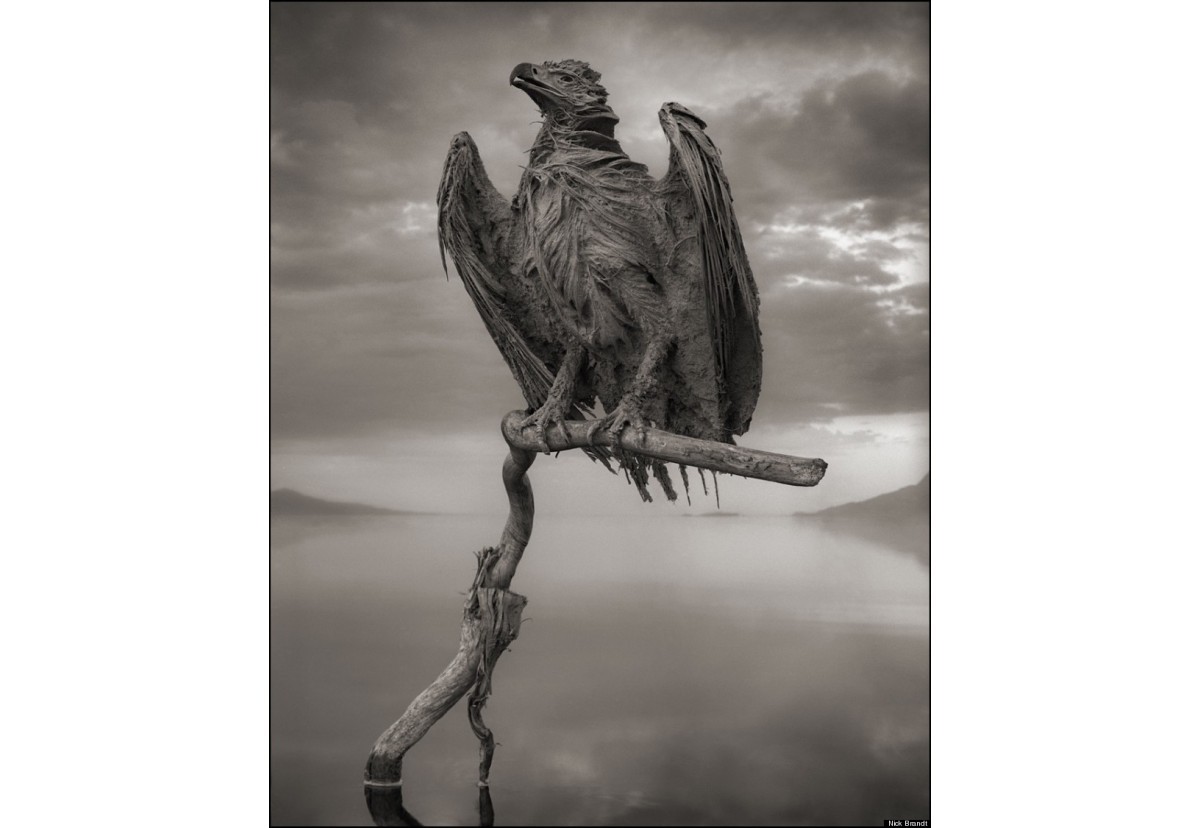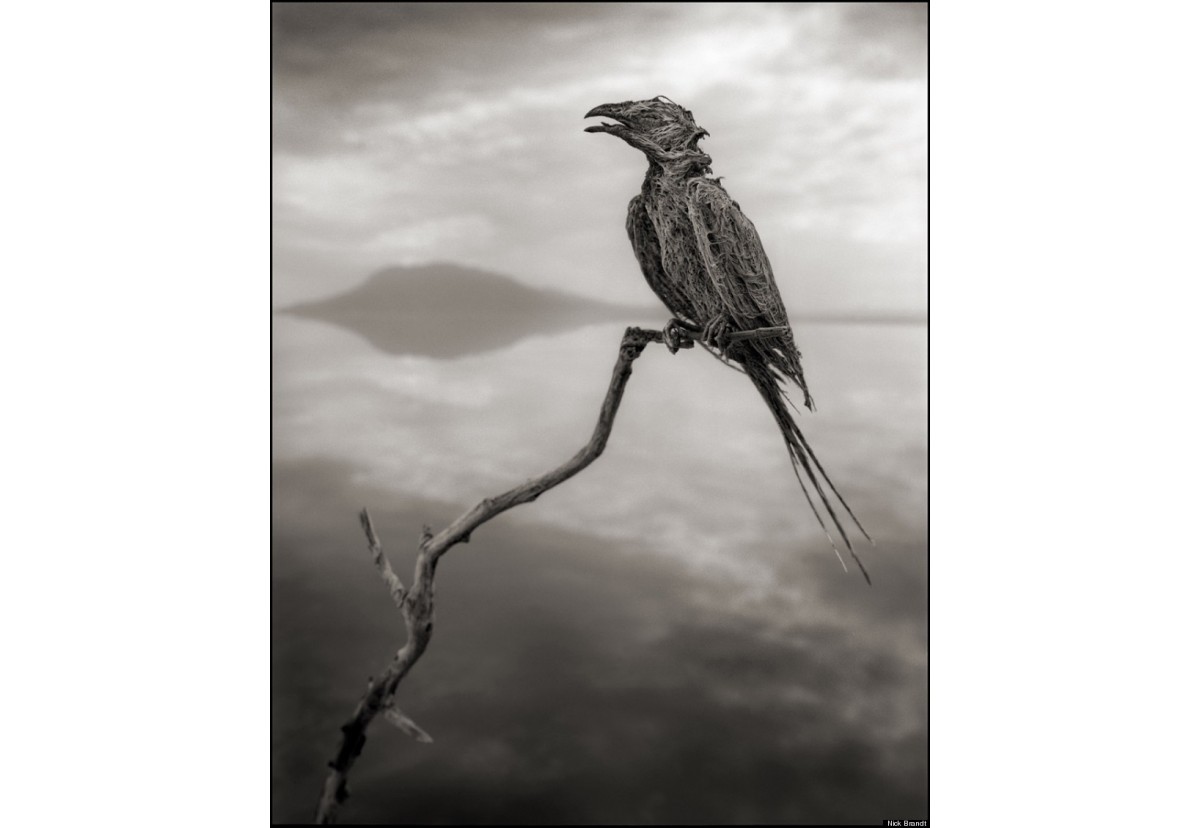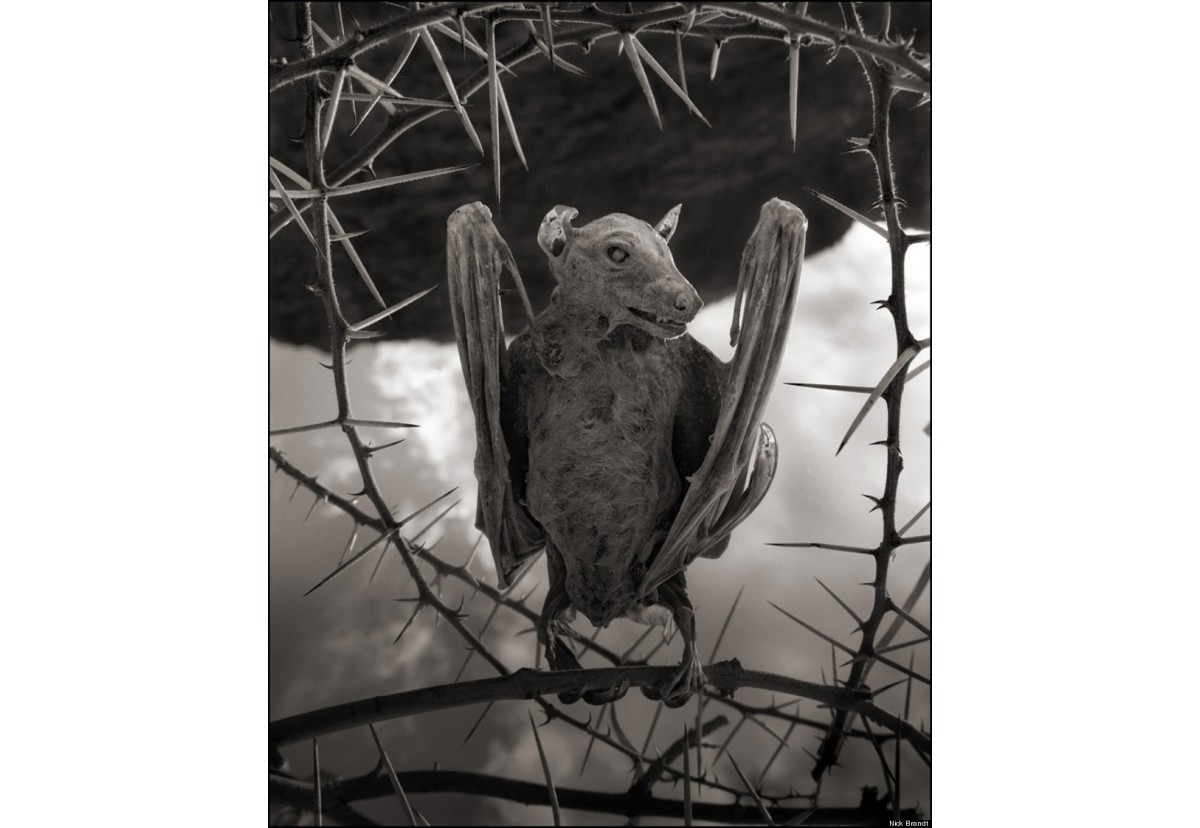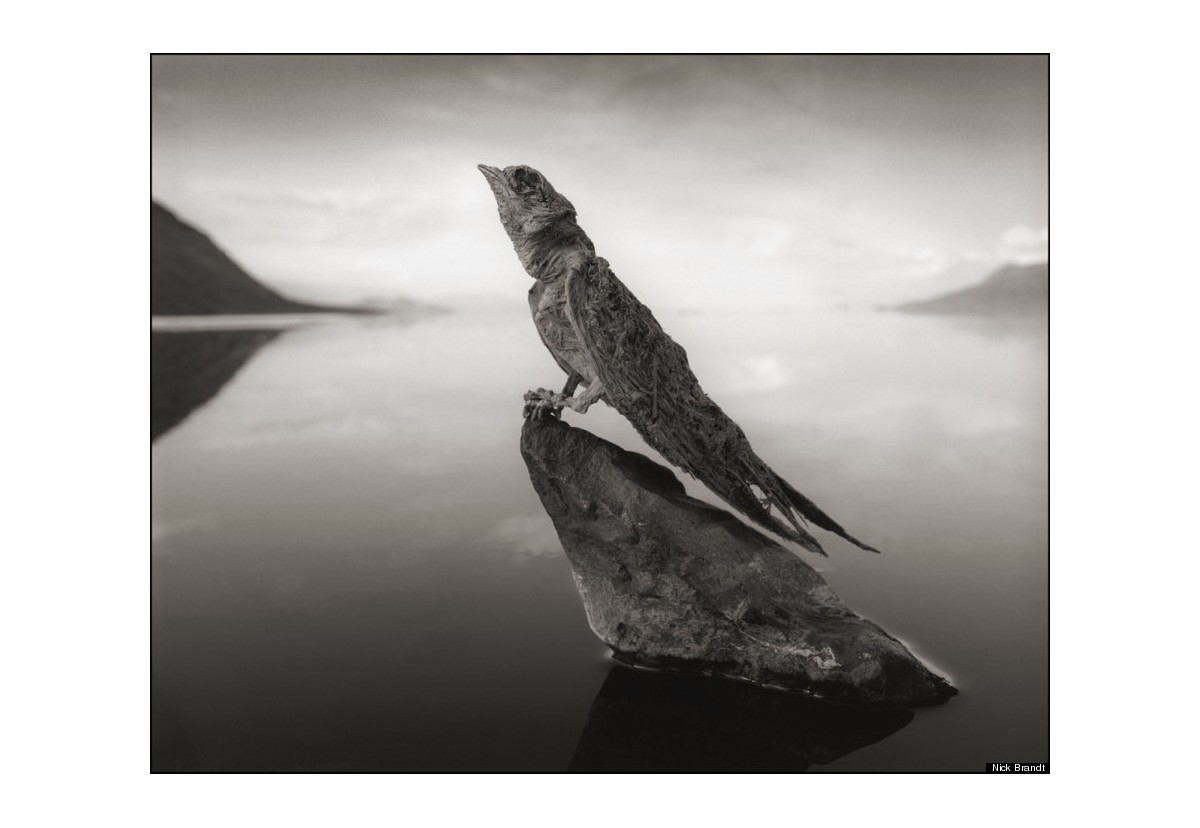Curiosidades y noticias: Fotografias únicas
When he arrived on the shore of Lake Natron in Tanzania, photographer Nick Brandt found a chilling landscape. Scattered on the earth, as if they were statues, there were corpses of calcified animals.
"The causes of death [of these animals, birds and bats] are unknown, but it seems that the extremely reflective surface of the lake confused them and made them crash into the lake," says Brandt in his new album Across the Ravaged Land. "The water [of the lake] has a very high density of natron and salt, so high that in a few seconds the ink of my Kodak film boxes [natron and salt] caused the creatures to be calcified, perfectly preserved [ In its form] ".
Beyond serving as a breeding area for a flamenco type (dwarf flamingo) and home for a certain type of algae, Lake Natron is an inhospitable place for life. Reddish, by the bacteria and algae that live in it, this salt lake can reach temperatures of up to 60 degrees Celsius, according to New Scientist.
He was struck by how the corpses of the animals were preserved, because details of the language of a bat or its fur could still be appreciated, although his favorite finding was that of osprey, the photographer explained via email to The. Huffington Post. The photographs were taken in 2010 and 2012. "There was no way to move a wing or turn their heads if they were looking for a better picture." They were like rocks, so what we did was place them on branches or stones as we were finding them. " When I put them back, I wanted to deepen this contrast of life and death, with dead animals but in positions that corresponded to when they were alive.













